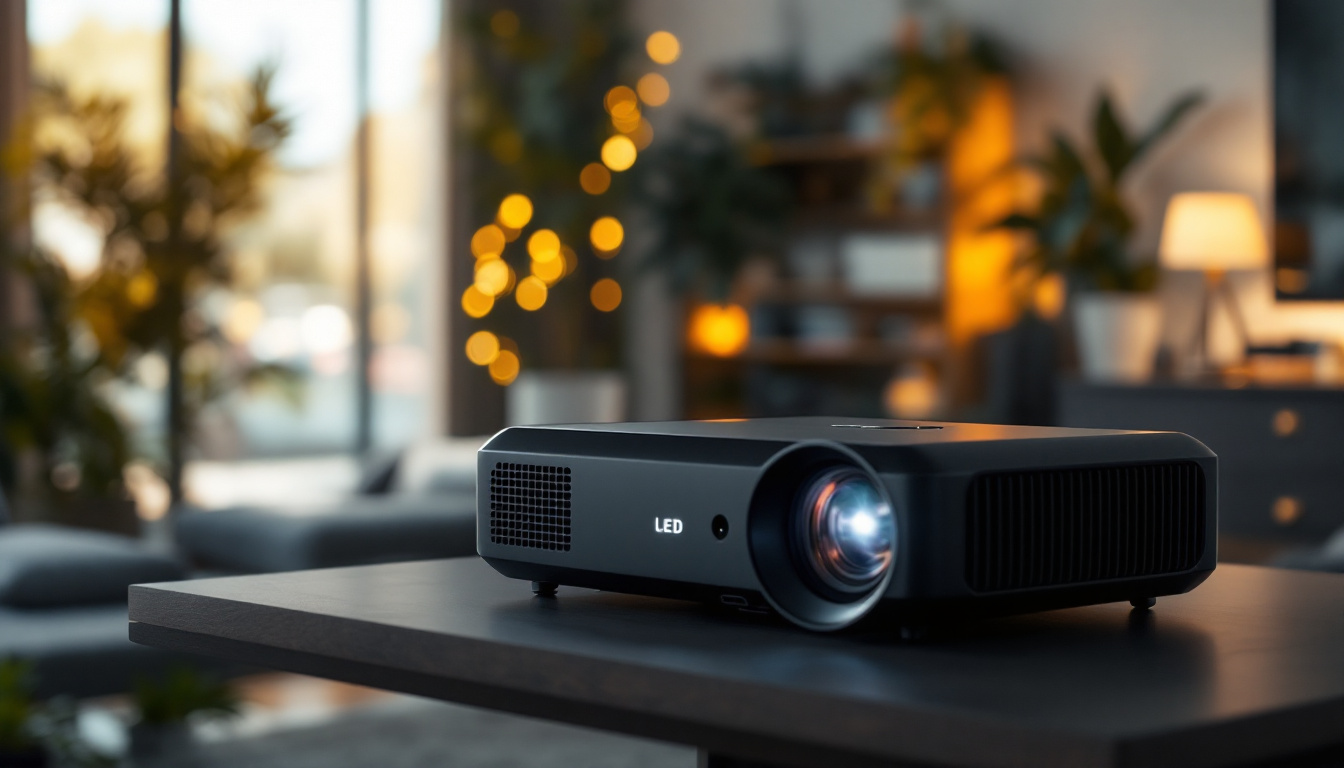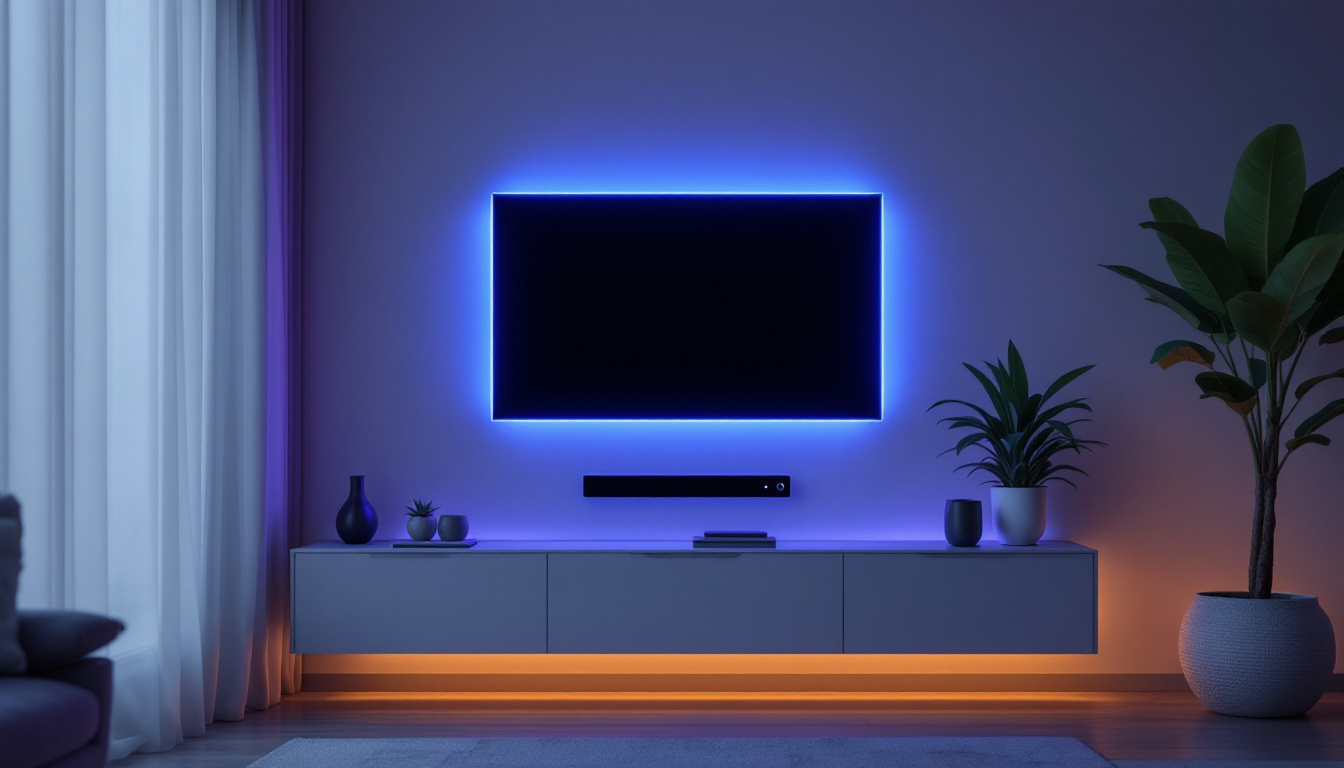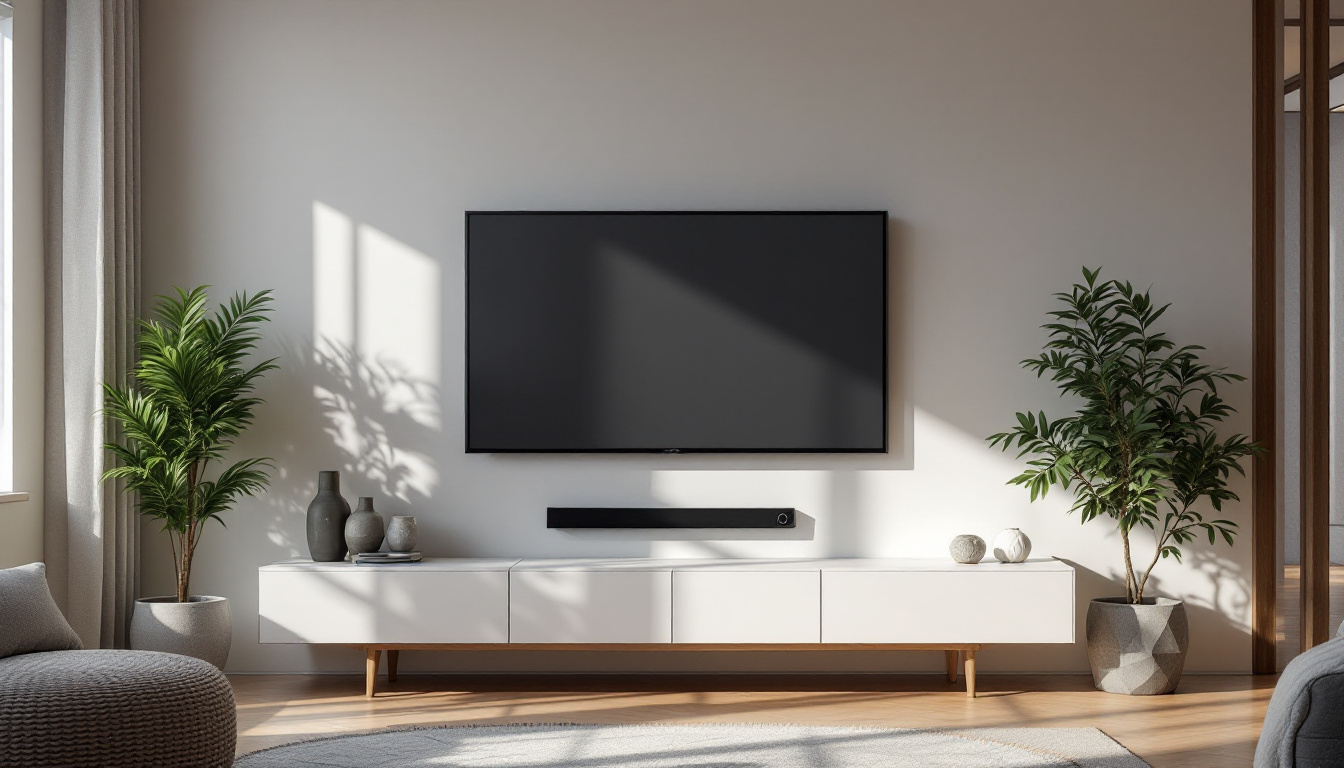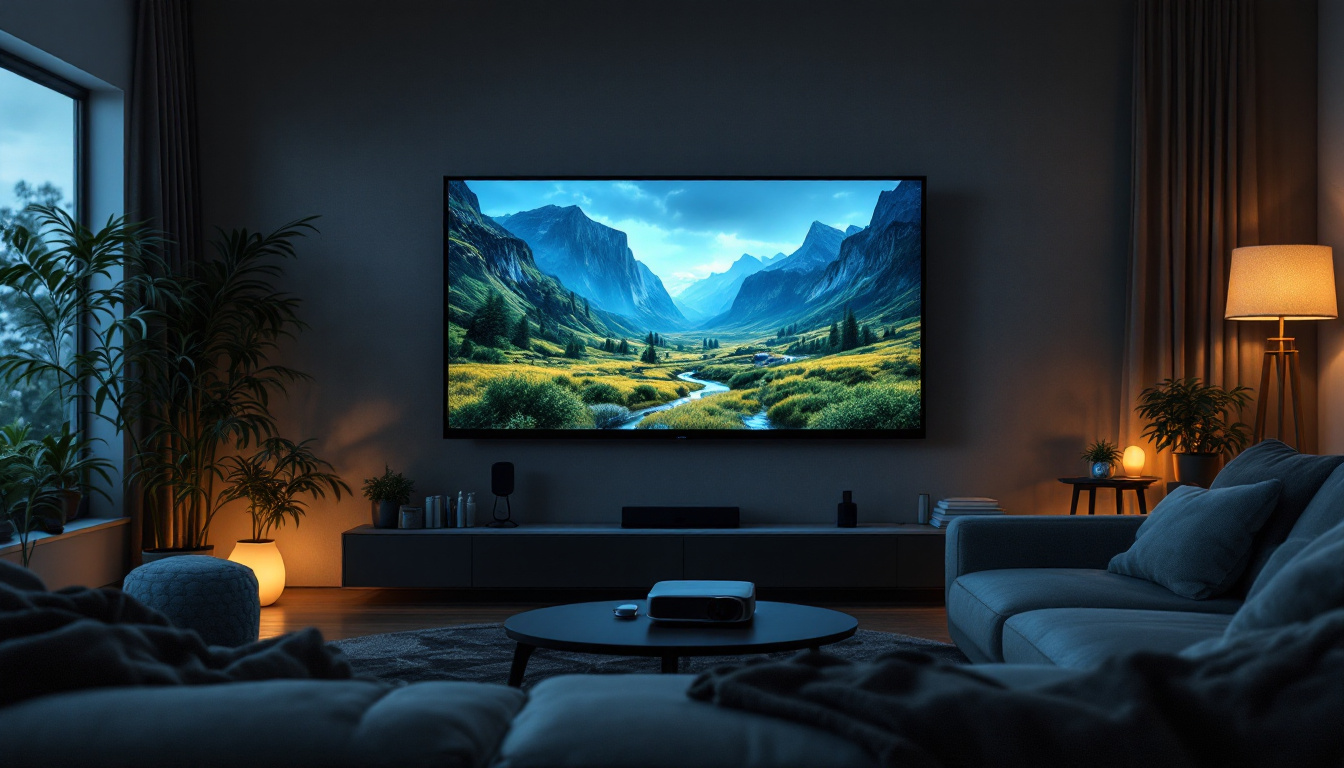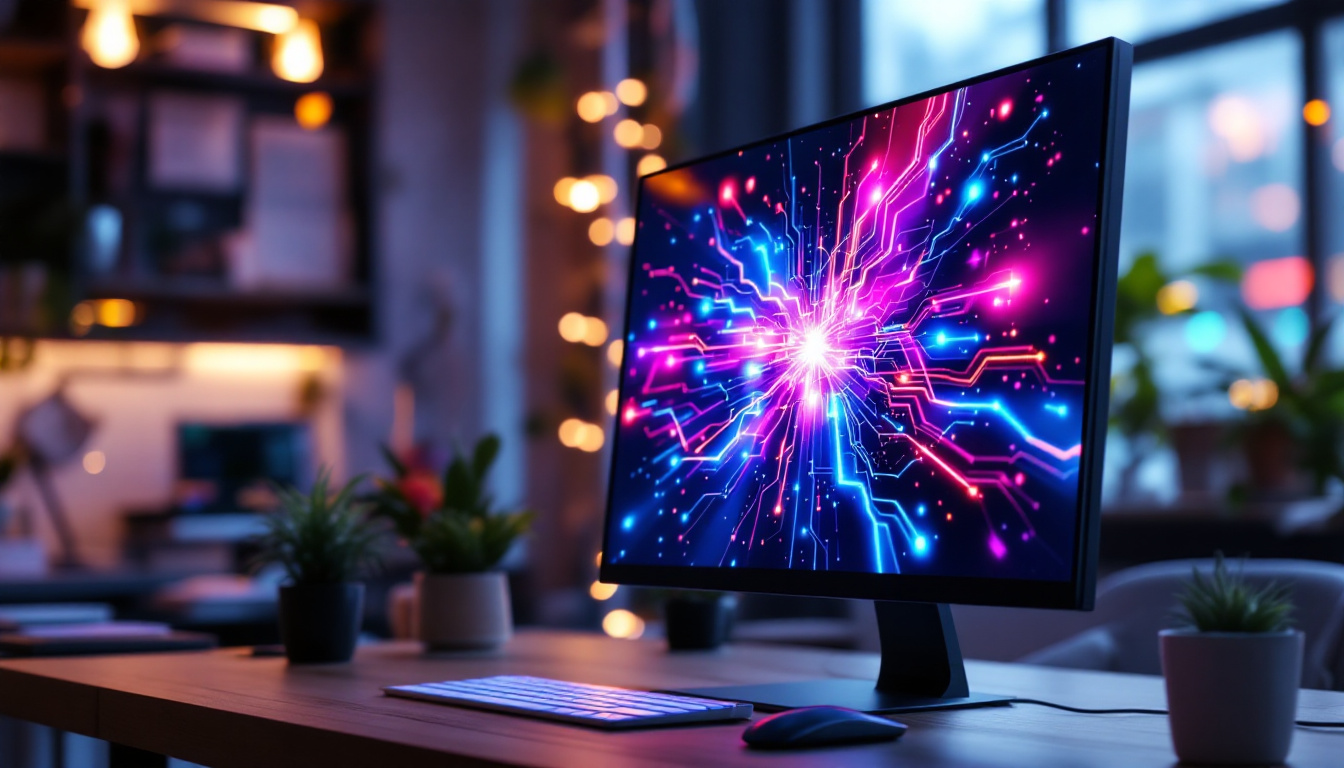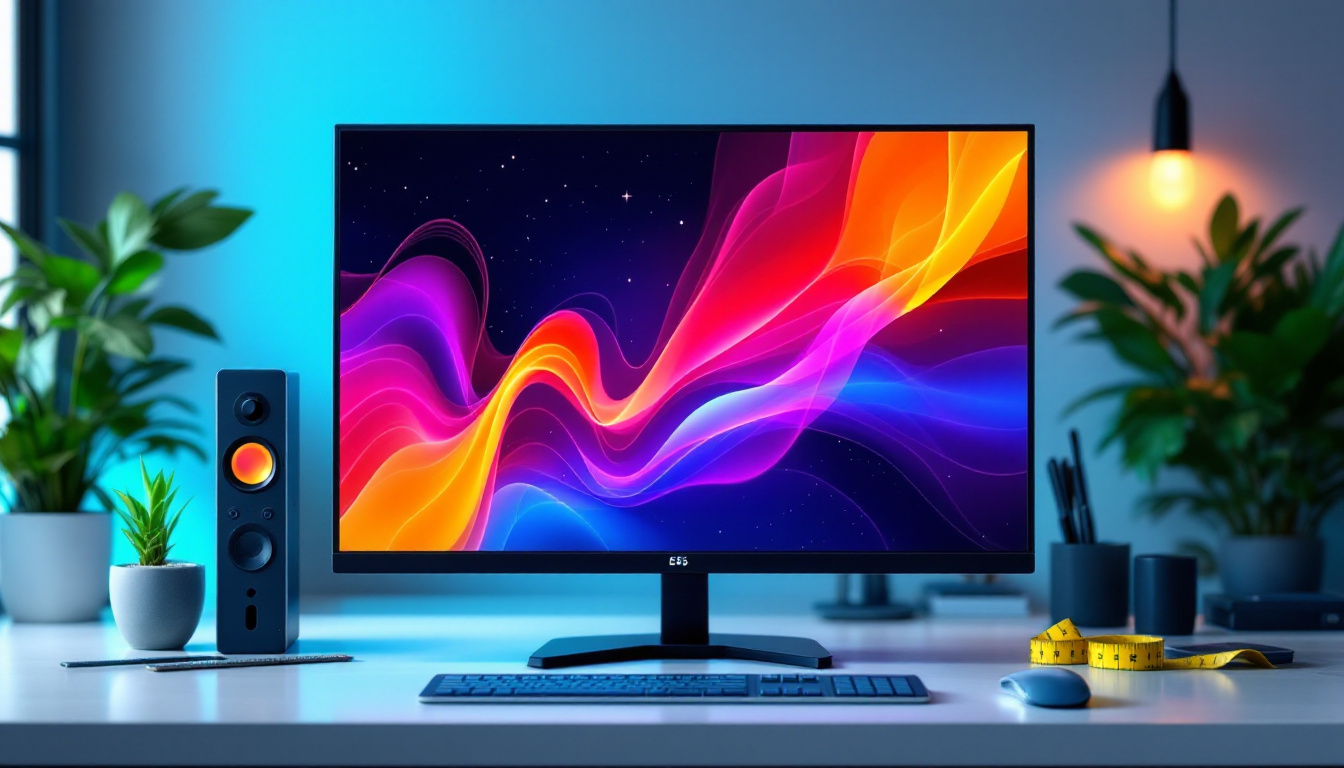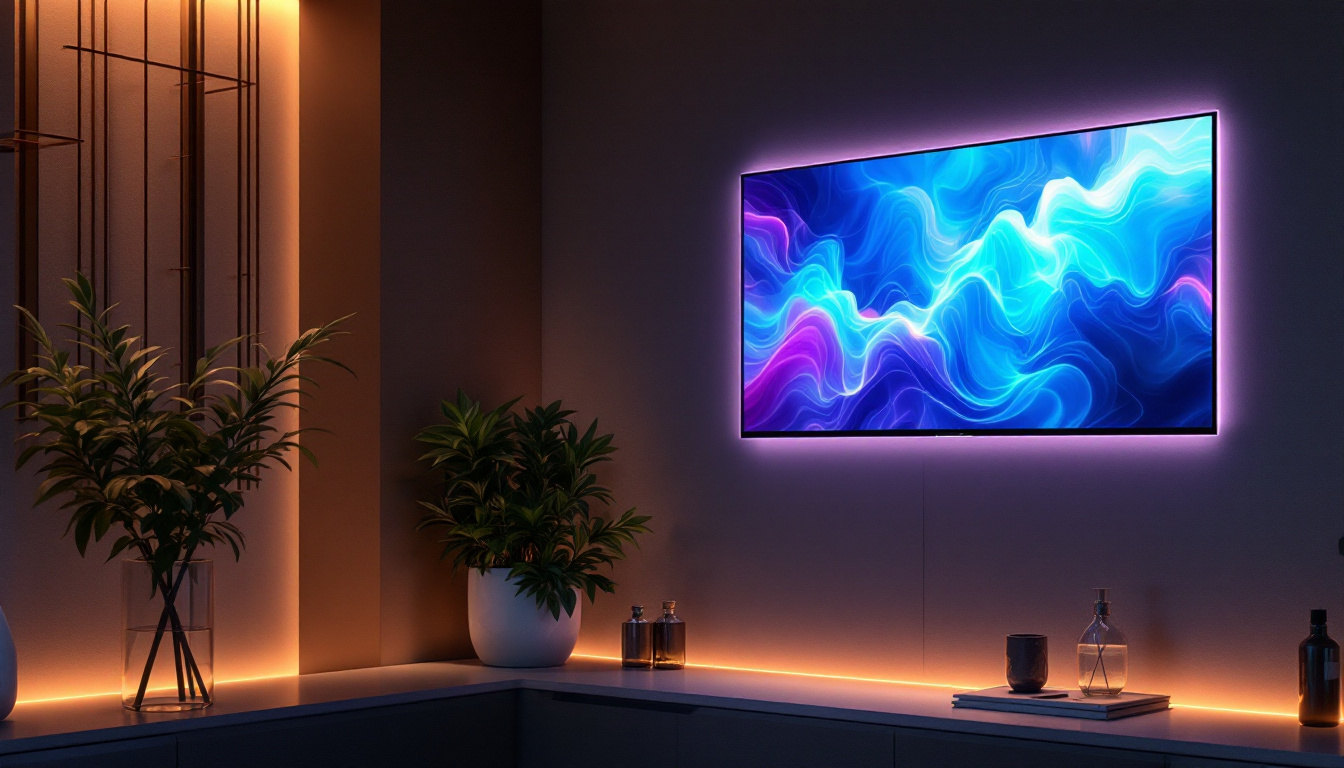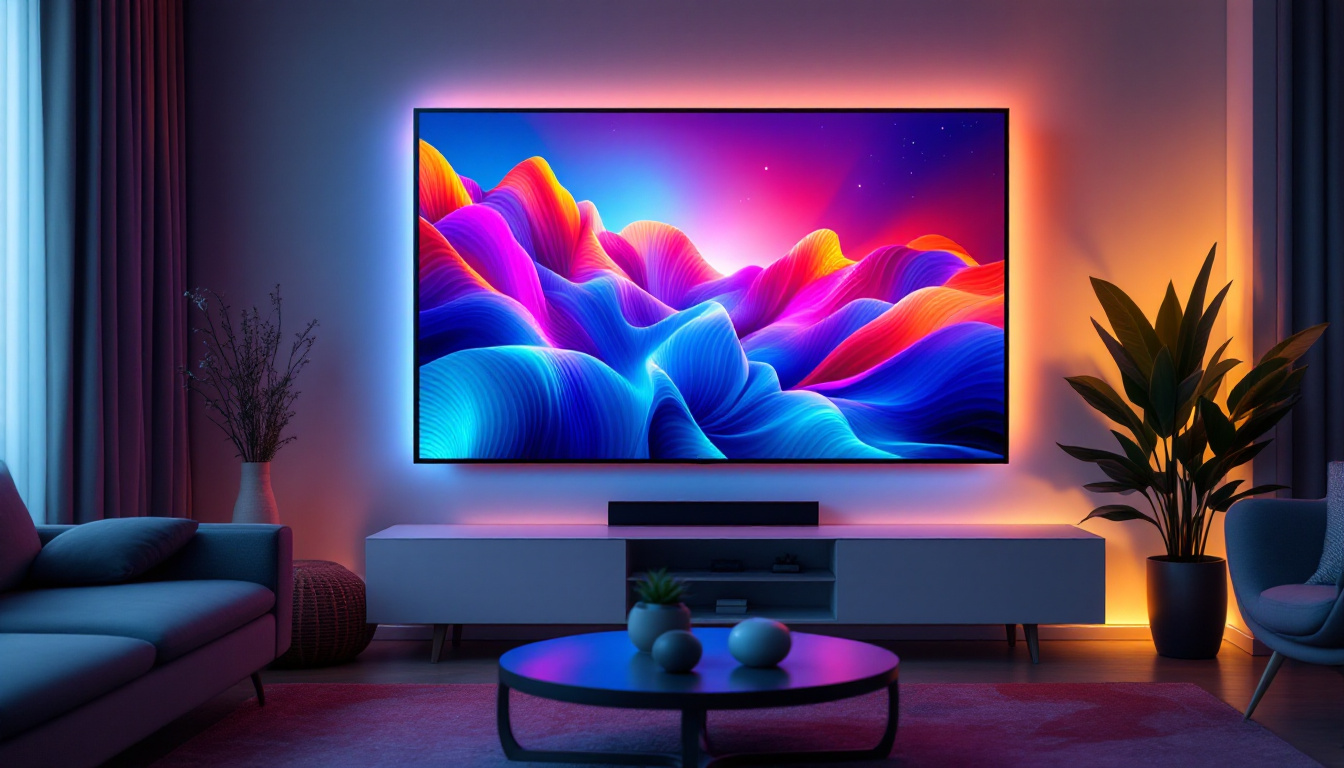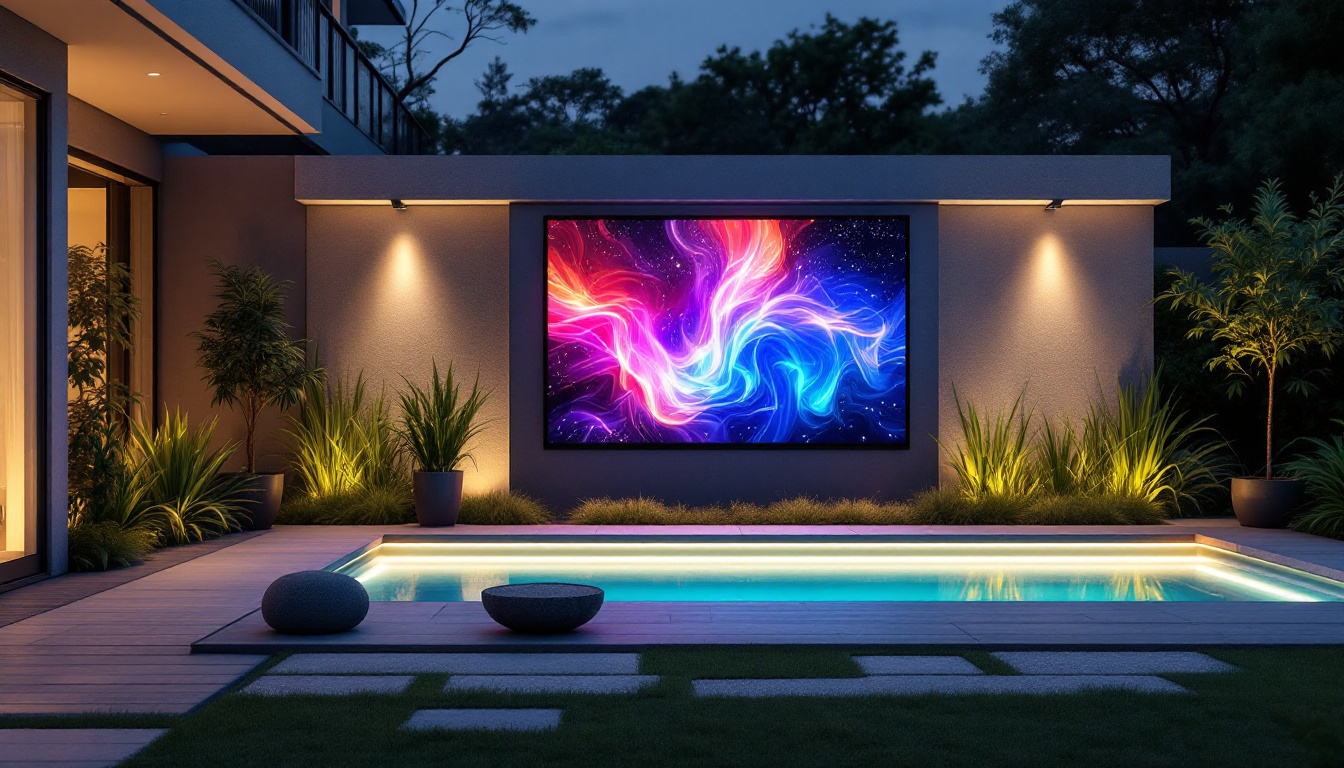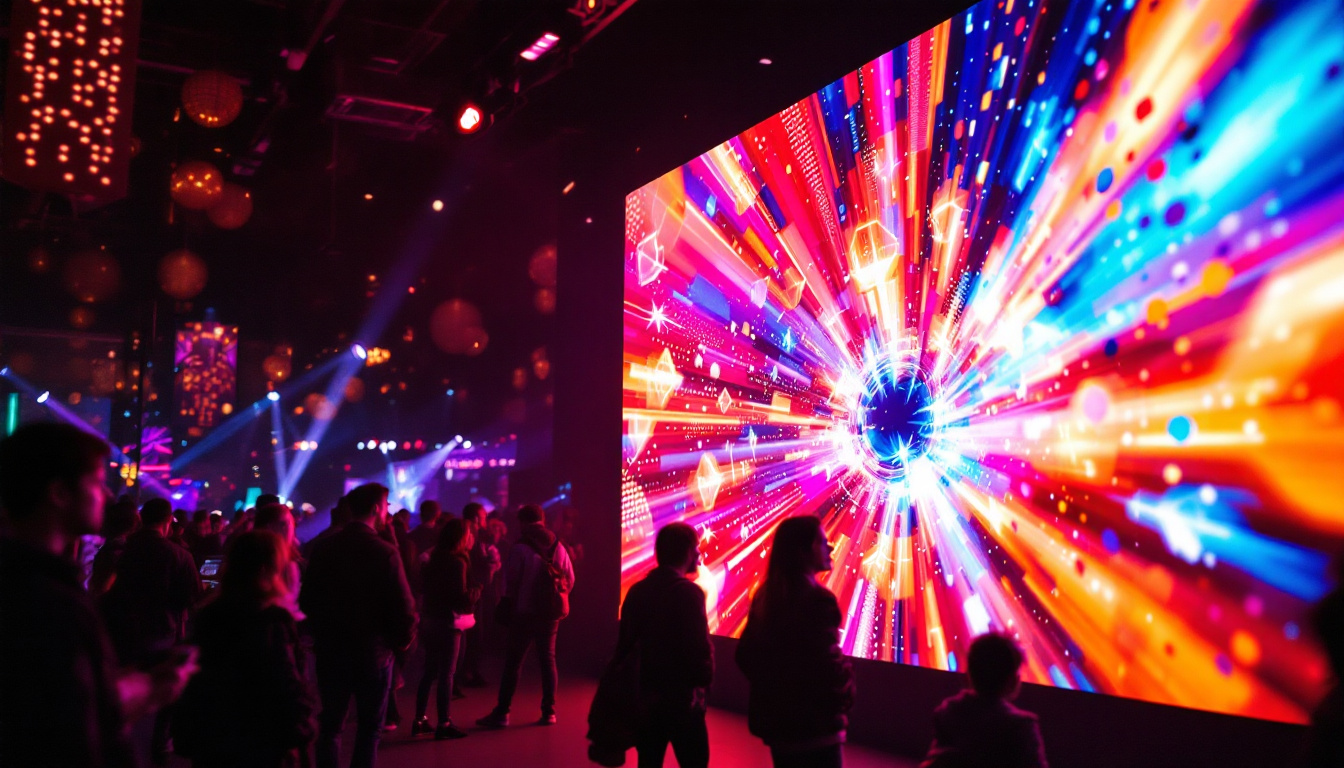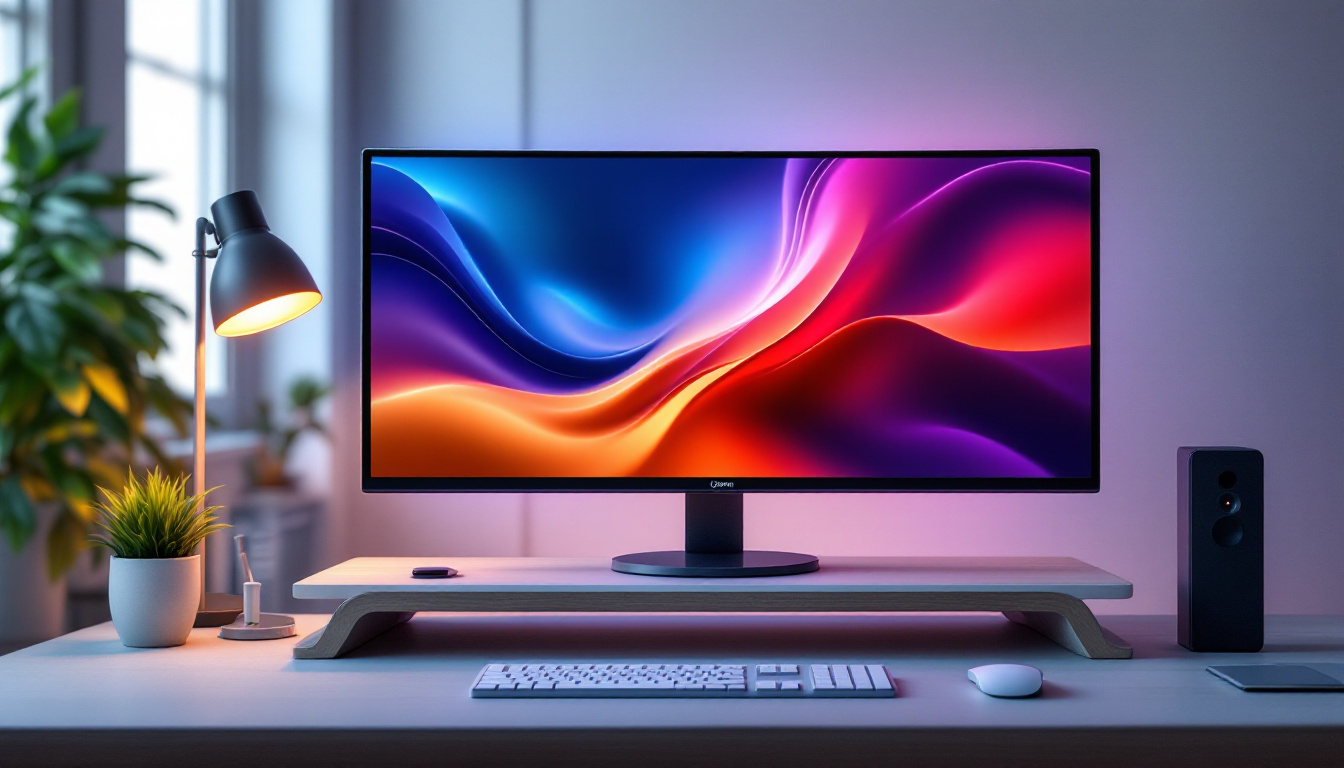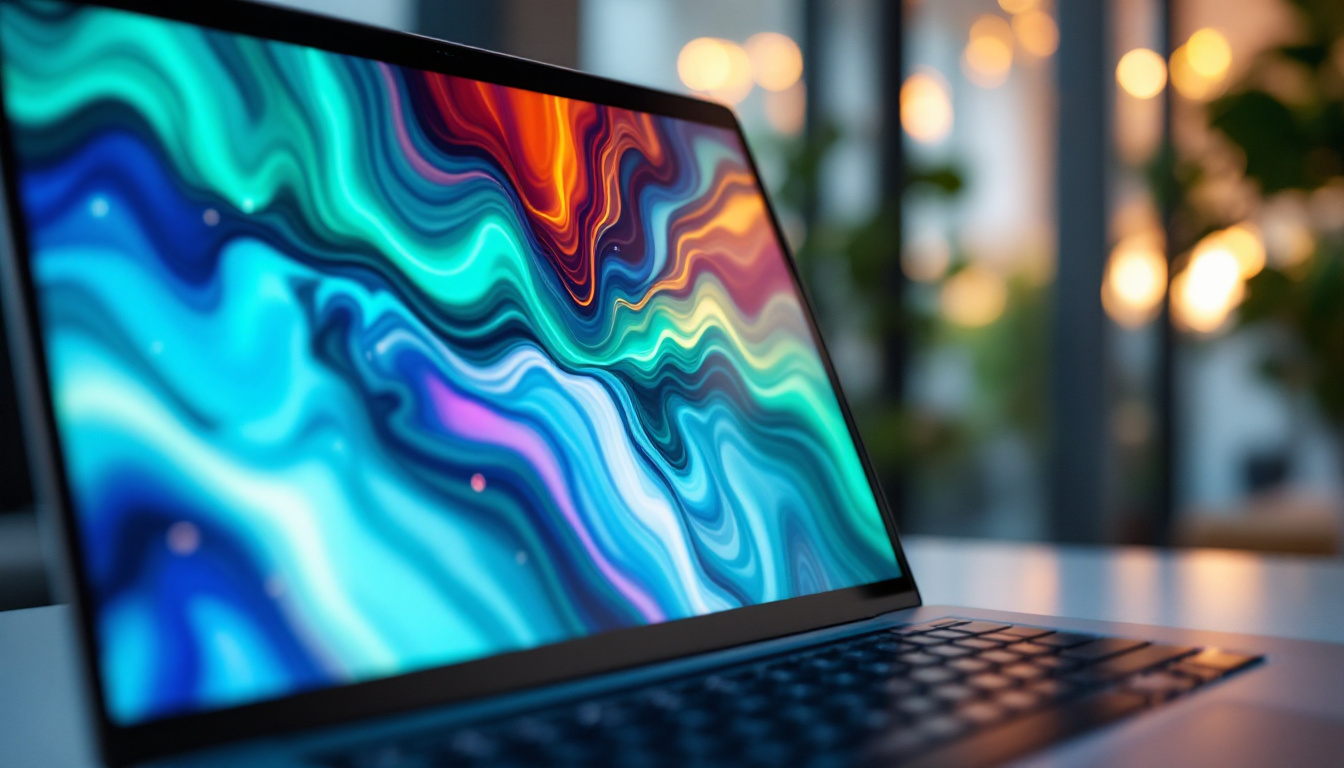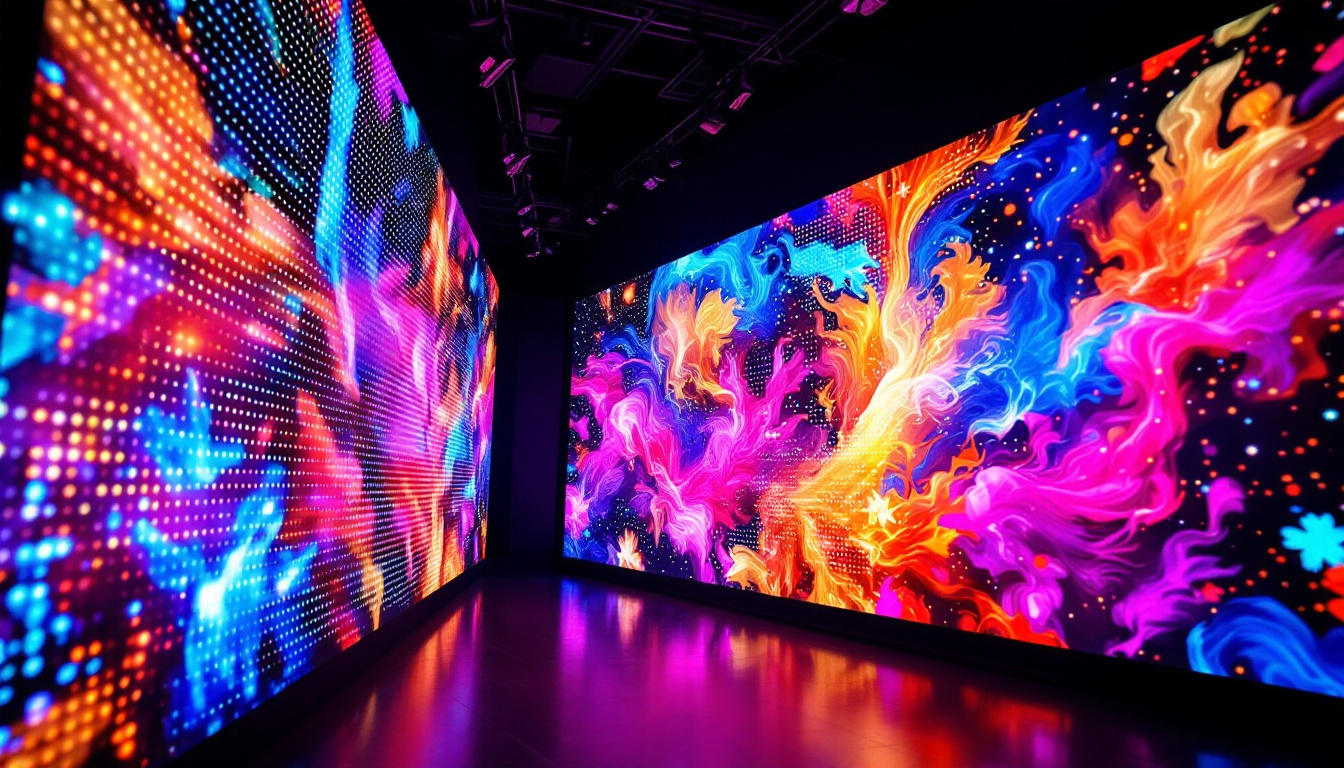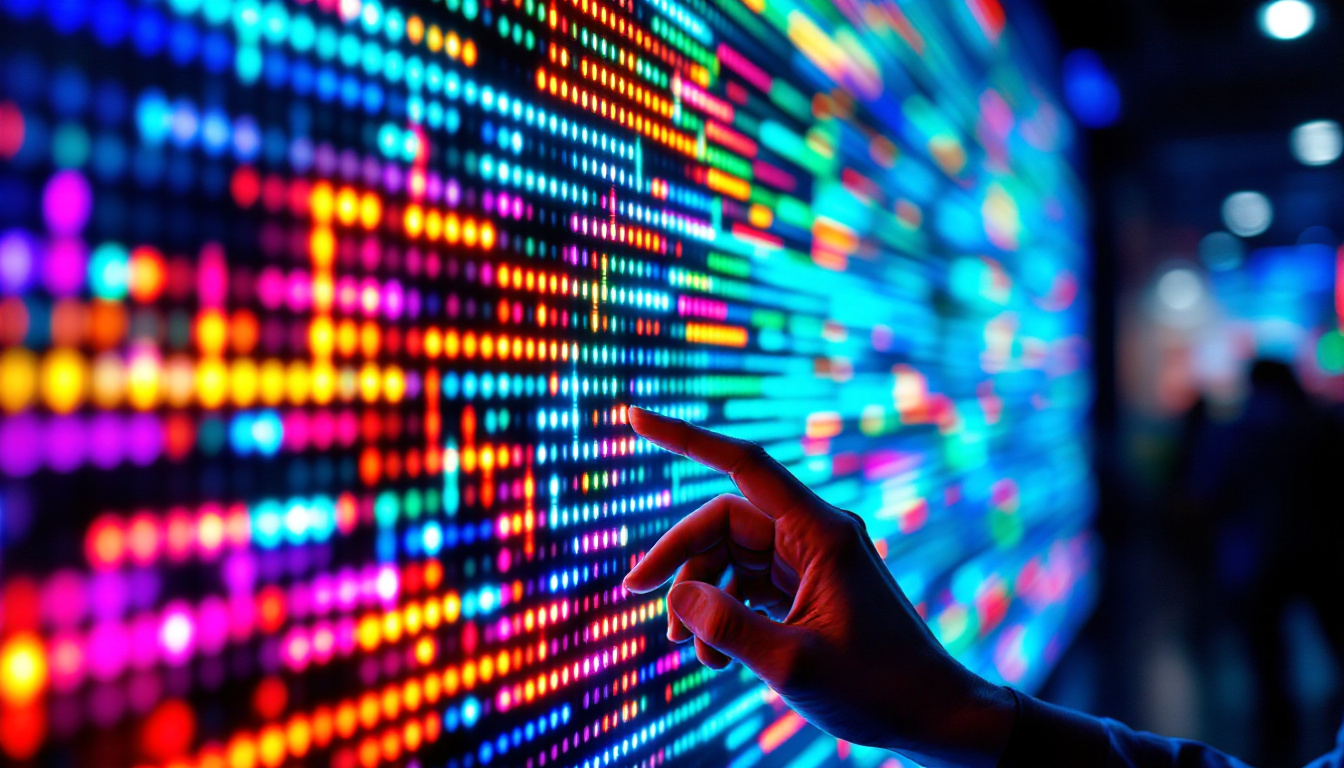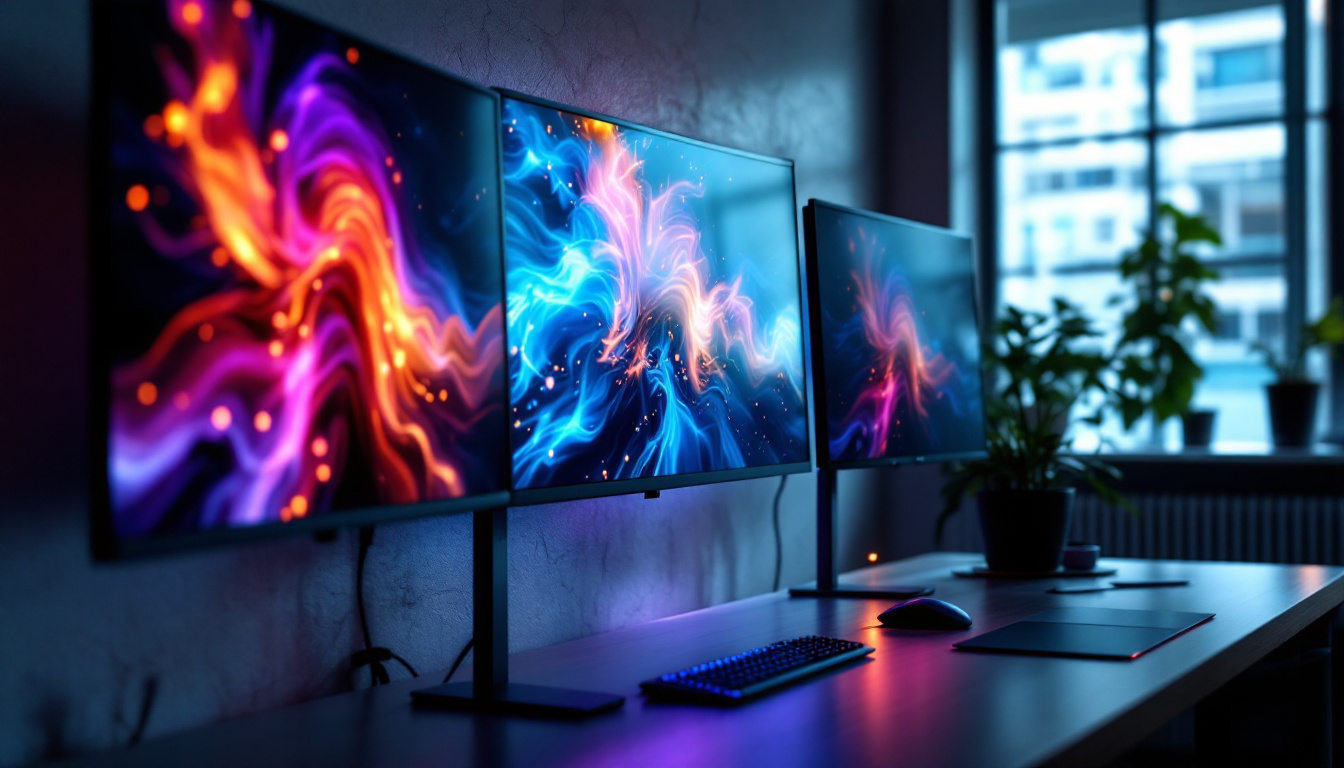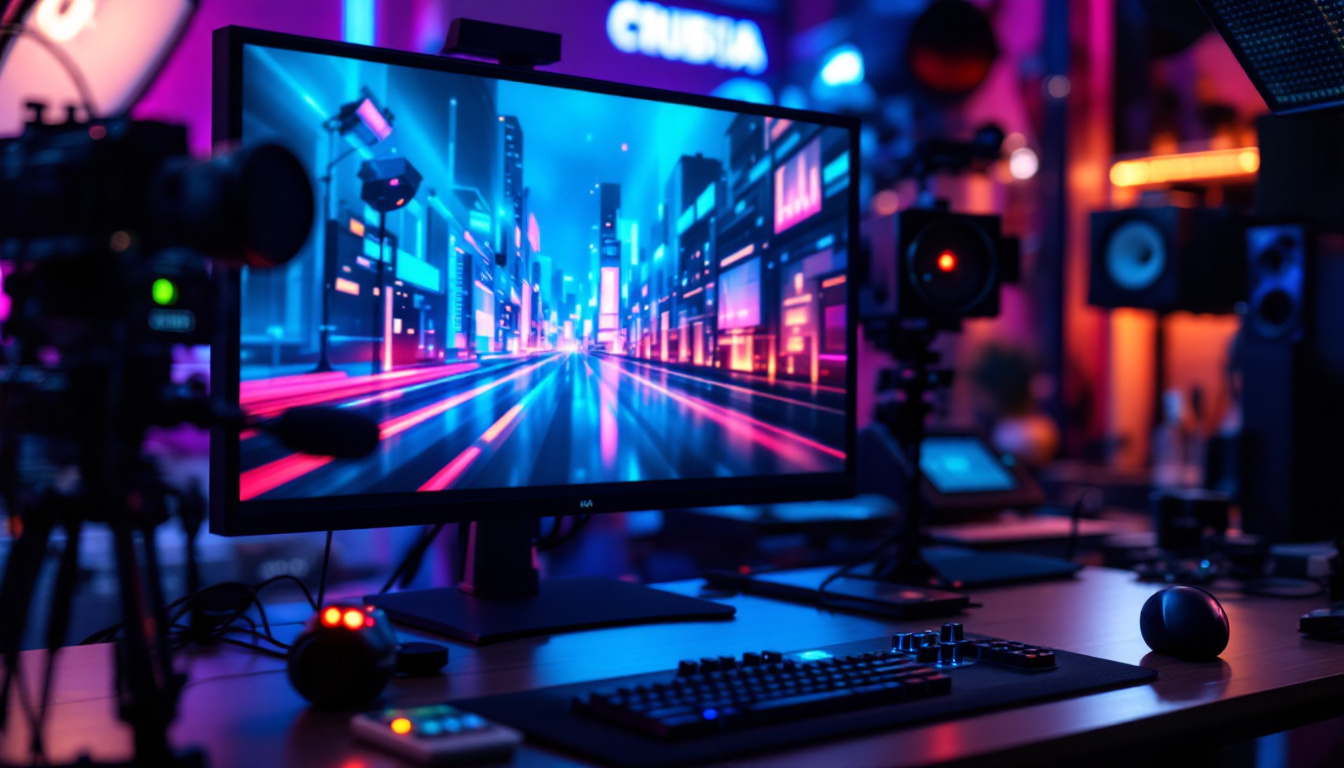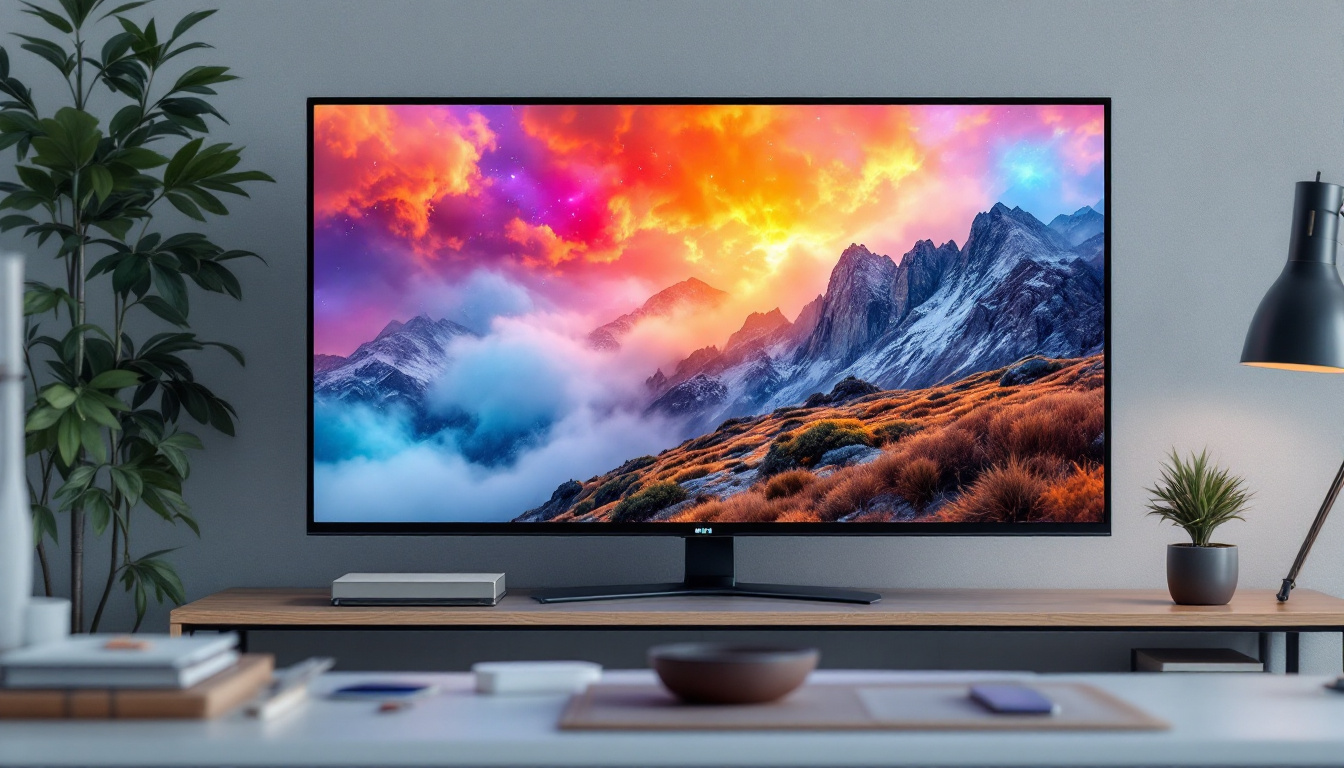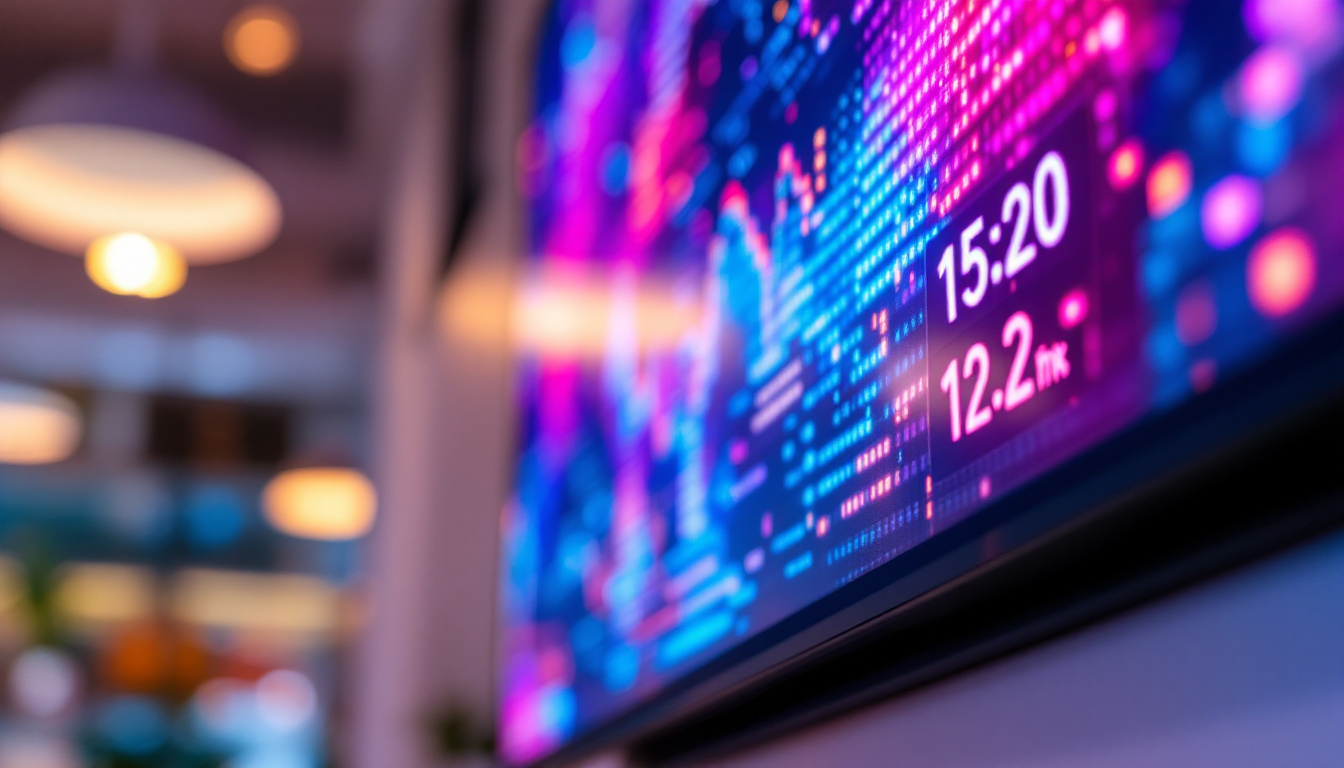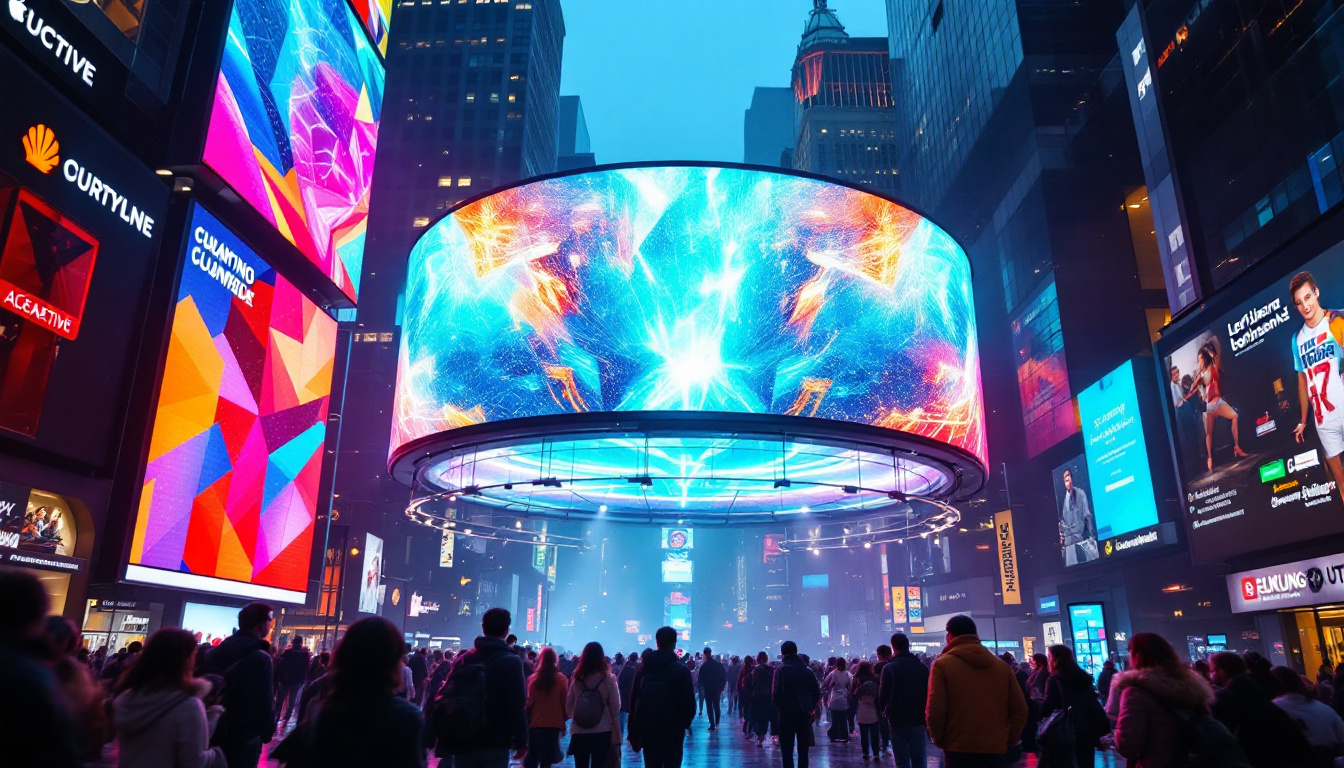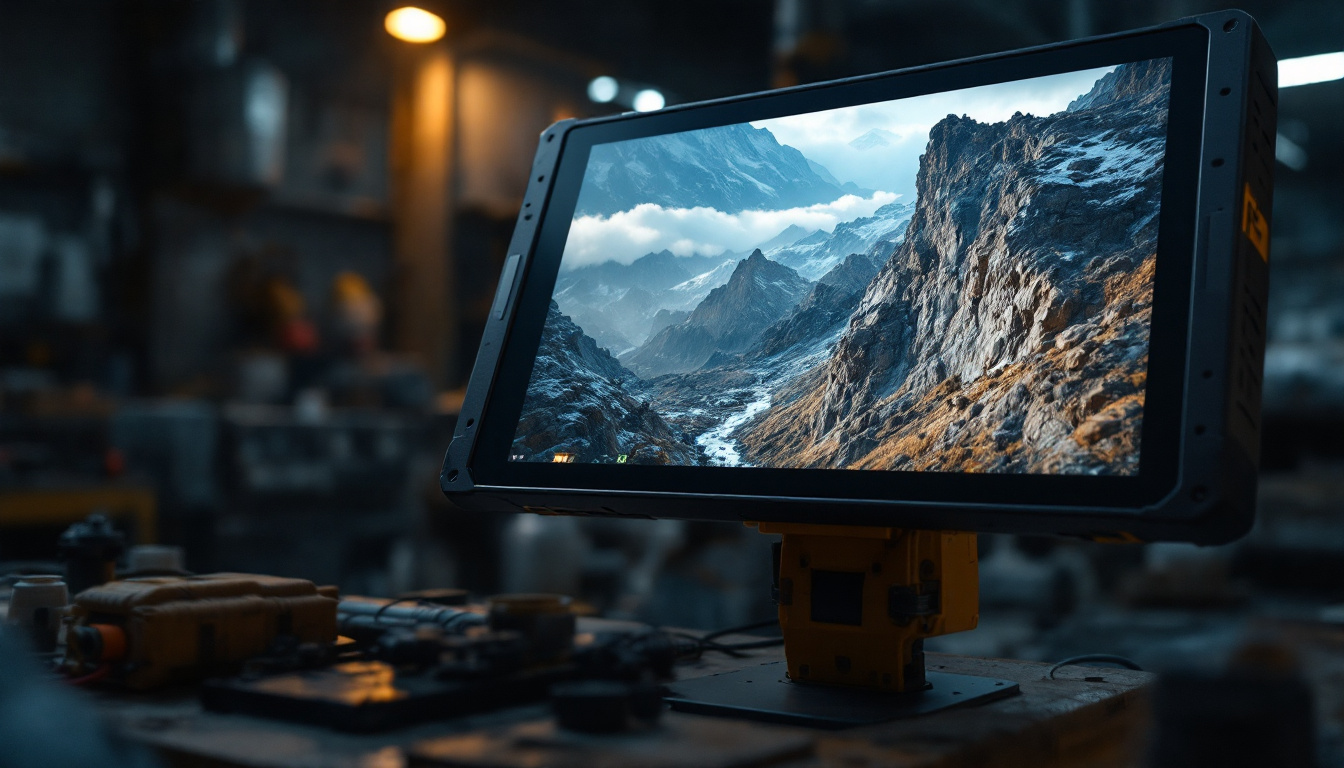In the realm of modern technology, projectors have evolved significantly, transitioning from traditional models to advanced systems that incorporate touch screen capabilities and LED displays. This evolution has transformed how presentations, educational lessons, and entertainment experiences are delivered. Understanding the intricacies of these devices can help users make informed choices tailored to their specific needs.
Understanding Touch Screen Projectors
Touch screen projectors are innovative devices that combine the functionality of a projector with the interactivity of a touch screen. This integration allows users to engage directly with the projected image, making it an ideal tool for classrooms, boardrooms, and collaborative workspaces.
How Touch Screen Technology Works
Touch screen projectors utilize various technologies to detect touch input. The most common methods include resistive, capacitive, and infrared touch technologies. Each has its advantages and disadvantages, influencing the overall user experience.
Resistive touch screens work by detecting pressure applied to the screen, making them highly responsive even with gloved hands. In contrast, capacitive touch screens rely on the electrical properties of the human body, offering a more sensitive touch experience but requiring direct skin contact. Infrared touch technology employs an array of sensors to detect touch, allowing for multi-touch capabilities and a more seamless interaction.
Benefits of Using Touch Screen Projectors
One of the primary advantages of touch screen projectors is their ability to facilitate interactive presentations. Users can annotate, highlight, and manipulate content in real-time, enhancing engagement and collaboration. This feature is particularly beneficial in educational settings, where students can actively participate in lessons.
Moreover, touch screen projectors eliminate the need for additional peripherals like remote controls or mouse devices, streamlining the user experience. This can lead to a more organized workspace, reducing clutter and allowing for a more focused presentation environment.
In addition to their interactive capabilities, touch screen projectors often come equipped with advanced software that enhances their functionality. Many models support various applications, enabling users to run presentations, create mind maps, or even conduct virtual brainstorming sessions directly on the projected surface. This versatility makes them invaluable for creative teams and educators alike, as they can adapt to different teaching styles and project requirements.
Furthermore, the ability to save and share annotations made during a presentation can greatly enhance collaboration. Users can capture their notes and ideas in real-time, ensuring that all participants have access to the same information post-meeting or class. This feature not only aids in retention but also fosters a culture of shared knowledge, empowering teams to build on each other’s insights and contributions.
LED Display Technology in Projectors
LED (Light Emitting Diode) technology has revolutionized the projector industry by providing brighter, more vibrant images while consuming less power. LED projectors are gaining popularity due to their longevity and reduced maintenance needs compared to traditional lamp-based projectors.
Advantages of LED Projectors
One of the standout features of LED projectors is their exceptional color accuracy. LED technology can produce a wider color gamut, resulting in more vivid and lifelike images. This is particularly advantageous for applications requiring high visual fidelity, such as graphic design or video editing. The ability of LED projectors to maintain consistent color performance over time also means that users can rely on them for critical presentations and creative work without worrying about color degradation.
Additionally, LED projectors have a longer lifespan compared to conventional projectors. While traditional lamps may last around 2,000 to 5,000 hours, LED lights can endure up to 20,000 hours or more, significantly reducing the frequency of replacements and associated costs. This longevity not only translates to savings in maintenance but also contributes to a more sustainable approach to technology, as fewer resources are consumed in manufacturing replacement lamps.
Considerations When Choosing an LED Projector
When selecting an LED projector, several factors should be considered to ensure it meets the user’s needs. Brightness, measured in lumens, is crucial for determining how well the projector will perform in various lighting conditions. A higher lumen rating is essential for environments with ambient light, while lower ratings may suffice in darker settings. Furthermore, the contrast ratio is another important metric to consider, as it affects the depth and richness of the projected images, enhancing the overall viewing experience.
Resolution is another critical aspect. Higher resolutions, such as Full HD (1080p) or 4K, provide sharper images and better detail, making them suitable for high-definition content. Users should also consider the projector’s throw distance and screen size compatibility to ensure it fits their specific space requirements. In addition to these technical specifications, connectivity options such as HDMI, USB, and wireless capabilities can greatly enhance usability, allowing for seamless integration with various devices like laptops, smartphones, and streaming devices. This flexibility makes LED projectors an attractive choice for both home entertainment and professional environments, catering to a wide range of user preferences and needs.
Applications of Touch Screen LED Projectors
The versatility of touch screen LED projectors makes them suitable for a wide range of applications. From education to business and entertainment, these devices are reshaping how content is delivered and interacted with.
Educational Settings
In classrooms, touch screen LED projectors serve as powerful teaching tools. Educators can display lessons, videos, and interactive content while allowing students to engage directly with the material. This hands-on approach fosters a more dynamic learning environment, encouraging participation and collaboration among students.
Moreover, the ability to annotate directly on the projected content enhances understanding and retention. Teachers can highlight key points, draw diagrams, and facilitate discussions, making lessons more interactive and memorable.
Business Presentations
In the corporate world, touch screen LED projectors are transforming how presentations are conducted. Business professionals can present data, charts, and multimedia content while interacting with the information in real-time. This level of engagement can lead to more effective communication and a clearer understanding of complex topics.
Additionally, the ability to collaborate seamlessly during meetings allows teams to brainstorm ideas and visualize concepts on the spot. This interactive approach can enhance creativity and productivity, making touch screen projectors valuable assets in any business setting.
Entertainment and Home Use
Touch screen LED projectors are also making their mark in the entertainment industry. Home users can create immersive viewing experiences by projecting movies, games, and presentations onto large screens. The interactive capabilities allow for engaging game nights or movie marathons, where users can control the experience directly from the projected image.
Furthermore, these projectors can be integrated with smart home systems, enabling users to control lighting, sound, and other devices seamlessly. This level of integration enhances the overall entertainment experience, making it more enjoyable and user-friendly.
Challenges and Limitations
While touch screen LED projectors offer numerous advantages, they are not without their challenges. Understanding these limitations can help users make informed decisions when considering their purchase.
Cost Considerations
One of the primary challenges associated with touch screen LED projectors is their cost. Generally, these advanced devices tend to be more expensive than traditional projectors. The added technology and features contribute to the higher price point, which may not be feasible for all users, particularly in budget-constrained environments.
However, it is essential to weigh the long-term benefits against the initial investment. The durability, reduced maintenance costs, and enhanced user experience can justify the higher price for many individuals and organizations.
Calibration and Setup
Another potential drawback is the calibration and setup process. Touch screen projectors may require more intricate setup compared to standard projectors. Ensuring accurate touch response and image alignment can be time-consuming, particularly for users unfamiliar with the technology.
To mitigate these challenges, manufacturers often provide comprehensive user manuals and support resources. Investing time in proper setup can lead to a much-improved user experience in the long run.
Future Trends in Projector Technology
The future of projector technology is promising, with continuous advancements expected in both touch screen and LED technologies. As the demand for interactive and high-quality visual experiences grows, manufacturers are likely to innovate further to meet user needs.
Integration with Augmented Reality (AR)
One exciting trend on the horizon is the integration of augmented reality with touch screen projectors. This technology could allow users to interact with projected images in a more immersive way, blending the physical and digital worlds. Imagine a classroom where students can manipulate 3D models projected in front of them, enhancing their understanding of complex subjects.
Such advancements could revolutionize not only education but also fields like architecture, design, and healthcare, where visualizing concepts in real-time can lead to better outcomes.
Enhanced Portability and Connectivity
As technology continues to advance, the trend toward more portable and connected devices is likely to persist. Future touch screen LED projectors may become lighter, more compact, and equipped with enhanced wireless capabilities, allowing for easier setup and use in various environments.
Improved connectivity options, such as seamless integration with smartphones, tablets, and cloud services, will further enhance the user experience, making it easier to access and share content on the go.
Conclusion
In conclusion, touch screen LED projectors represent a significant leap forward in presentation and interaction technology. Their ability to combine high-quality visuals with interactive capabilities makes them valuable tools across various sectors, including education, business, and entertainment. While challenges such as cost and setup complexity exist, the benefits they offer often outweigh these drawbacks.
As technology continues to evolve, the future of touch screen projectors looks bright, with potential advancements in augmented reality and connectivity on the horizon. For anyone considering a projector for their needs, understanding these devices’ features, benefits, and limitations is essential for making an informed decision. Ultimately, the right touch screen LED projector can enhance engagement, collaboration, and creativity in any setting.
Discover LumenMatrix’s Innovative LED Display Solutions
Ready to elevate your visual presentations and interactive experiences? Look no further than LumenMatrix, a pioneer in LED display technology. Our extensive range of solutions, from Indoor and Outdoor LED Wall Displays to specialized options like Vehicle and Sports LED Displays, is designed to bring your vision to life with unparalleled clarity and impact. Whether for education, business, or entertainment, LumenMatrix’s LED displays are crafted to captivate your audience and enhance engagement. Don’t miss out on the opportunity to transform your communication with our cutting-edge displays. Check out LumenMatrix LED Display Solutions today and see the difference for yourself.

